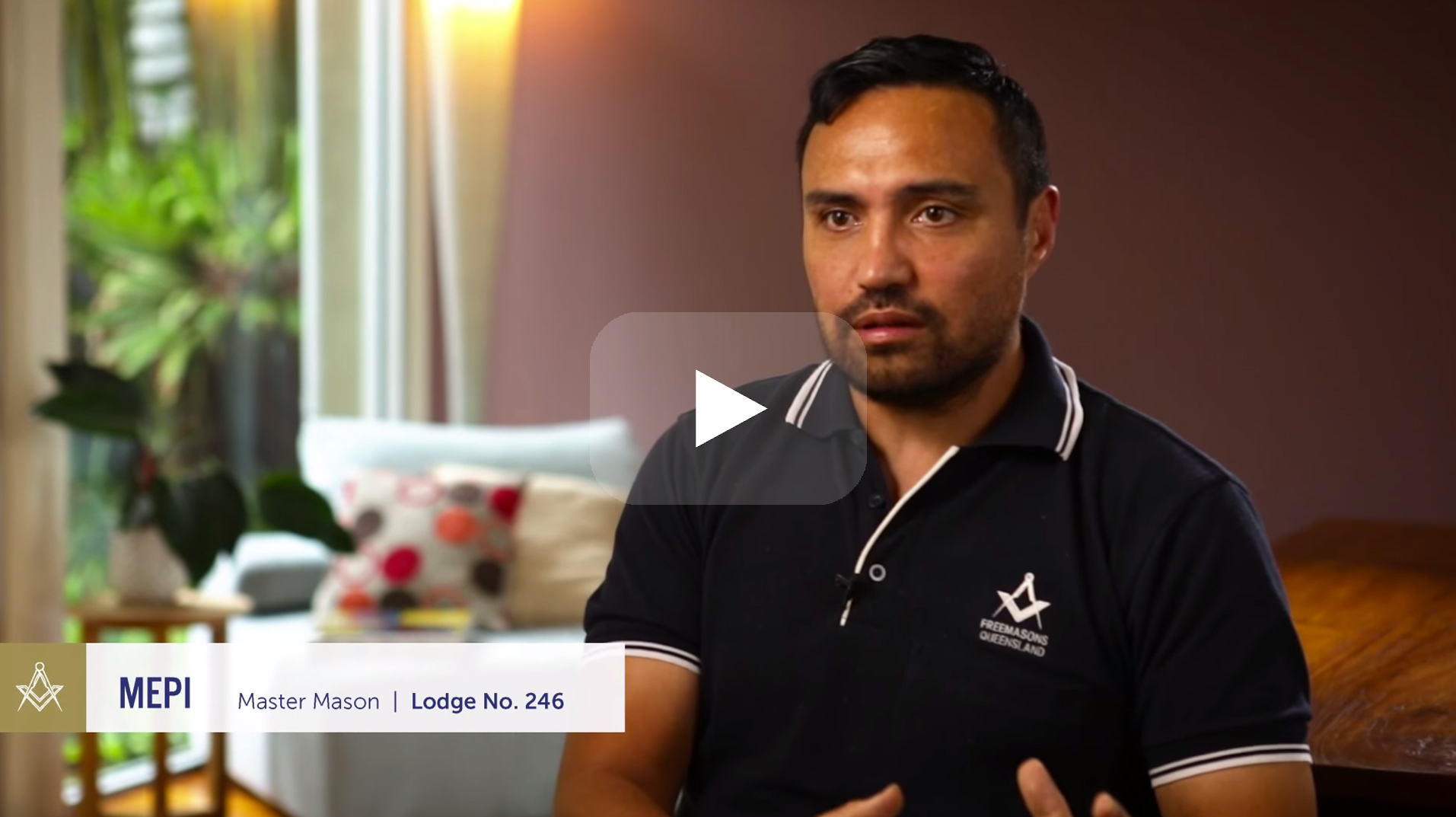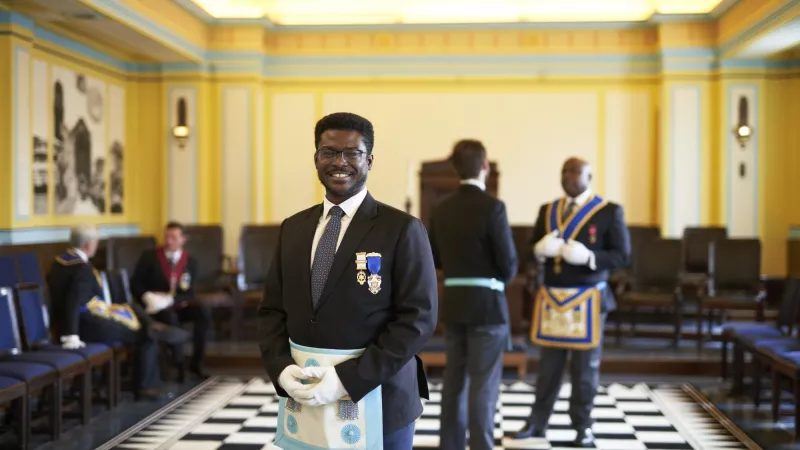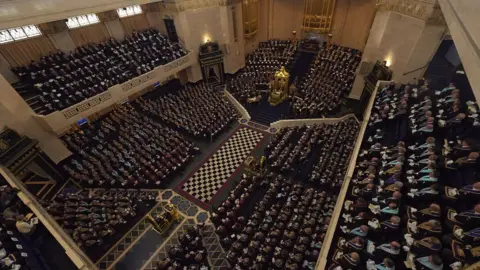Insider Tips on How to Successfully Join Freemason in Your Region
Insider Tips on How to Successfully Join Freemason in Your Region
Blog Article
Discovering the Mysteries of the copyright: What You Need to Know
The copyright, a term frequently shrouded in intrigue and dispute, represents a complicated tapestry of historic truth and contemporary myth. Developed in the late 18th century, this secret society was at first rooted in the Knowledge's ideals but has given that ended up being identified with conspiracy concepts concerning elite control.
Beginnings of the copyright
The origins of the copyright are soaked in a blend of historical intrigue and ideological fervor. Developed in 1776 in Ingolstadt, Bavaria, by Adam Weishaupt, the group was at first developed as a secret society aimed at advertising Knowledge ideals such as factor, secularism, and the splitting up of church and state. join freemason. Weishaupt, a professor of canon legislation, looked for to challenge the prevailing authority of the church and state, which he considered as overbearing establishments suppressing intellectual and personal flexibility
The copyright sought to recruit influential members from numerous societal industries, consisting of national politics, academic community, and the arts, to promote a network committed to these Knowledge concepts. The society operated under a veil of secrecy, utilizing coded language and routines to protect its members from persecution, especially provided the repressive environment of the time. The copyright faced considerable opposition from both governmental authorities and spiritual institutions, which viewed the group as a danger to their power.
Secret Numbers and Participants
That were the crucial figures that formed the copyright's early influence and instructions? The Bavarian copyright, founded in 1776 by Adam Weishaupt, arised as an action to the overbearing societal structures of the time.
Another substantial figure was Johann Gottlieb Fichte, a prominent philosopher whose ideas on nationalism and education resonated with the copyright's objectives. Fichte was not a formal participant, his thoughtful bases affected the team's ideological background. In addition, numbers like the author and philosopher Johann Wolfgang von Goethe were connected with the broader intellectual activities of the time, although their straight involvement with the copyright stays discussed.
These essential numbers contributed to the copyright's early direction, pressing the boundaries of political and social thought, while their collective efforts intended to challenge well-known norms and promote a climate of dynamic adjustment in Europe. (join freemason)
Myths vs. Fact
Many misunderstandings surround the copyright, usually mixing reality with fiction in such a way that covers its true nature. This secret culture, originally established in 1776 in Bavaria, aimed to advertise Knowledge suitables and combat spiritual and political oppression. The notion that the copyright continues to exert significant influence over world occasions is a myth. While the group did exist, it was dissolved in the late 18th century and has actually not operated as a natural entity ever since.
An additional prevalent myth is that the copyright comprises a network of elite individuals adjusting worldwide affairs. Actually, many visit this site right here conspiracy concepts exaggerate the team's importance, connecting unproven intentions to societal fads and events. This has brought about an oversimplified sight of complicated concerns.
Furthermore, the representation of the copyright in popular society frequently more misshapes its legacy. Movies and literary works tend to sensationalize the organization's role, producing a story that deviates from historical realities. Comprehending the difference in between the myths and the truth of the copyright is vital for discerning the genuine influence of this historical group and identifying the wider effects of conspiracy theory theories in contemporary society.

Modern Analyses
Contemporary interpretations of the copyright frequently reflect more comprehensive societal anxiousness and a fascination with privacy and power. This modern-day lens often links the copyright with conspiracy theories that suggest a covert elite manages globe events, manipulating federal governments and economic climates for their own gain. Such narratives take advantage of an ingrained mistrust of authority, particularly in times of situation or social turmoil.
In pop culture, the copyright is often shown as an omnipotent organization shrouded in mystery, causing a variety of imaginary portrayals in literary works, movie, and songs. This representation serves not only to entertain but likewise to provoke believed about the nature of power and control in contemporary culture. Social media site has actually better magnified these interpretations, allowing for quick dissemination of conspiracy theory theories and developing areas that share and expand upon these ideas.
Furthermore, some modern-day analyses mount the copyright as a metaphor for the complexities of globalization and the interconnectedness of significant individuals and companies. This viewpoint motivates a critical exam of exactly how power dynamics run in today's world, highlighting the equilibrium between openness and secrecy in governance and company methods.
Cultural Influence and Heritage
Influenced by centuries of intrigue, the social influence and heritage of the copyright expand much this content beyond its historical origins. This secret society, developed in the late 18th century, has permeated numerous facets of popular society, from literary works and film to music and art. join freemason. The concept of the copyright has advanced into a symbol of conspiracy here concepts, usually standing for a perceived hidden power adjusting international events
In literary works, authors like Dan Brown have actually woven the copyright into elaborate plots, captivating readers with motifs of secrecy and power. Films such as "National Prize" and "The Da Vinci Code" further bolster the allure of the society, mixing truth with fiction to create engaging narratives.

Inevitably, the copyright's heritage is a complicated tapestry of myth and fact, forming perceptions of privacy and control in modern discourse. Its enduring visibility in culture emphasizes humankind's seasonal quest for understanding surprise truths.

Verdict
The exploration of the copyright discloses a complex interaction in between historical truths and modern myth-making. Established in the Enlightenment age, this society intended to test overbearing frameworks, yet its tradition has actually been eclipsed by conspiracy theory concepts that suggest elite control. Understanding the distinctions between the original suitables and contemporary interpretations is essential for comprehending the enduring attraction with the copyright and its significant impact on social stories surrounding power and secrecy in culture.
Report this page